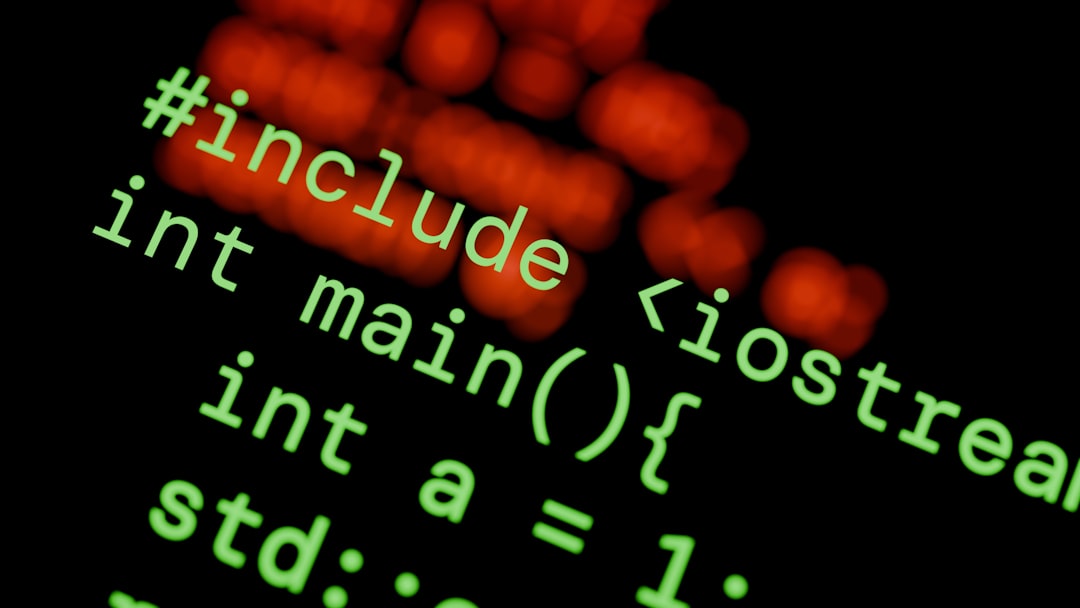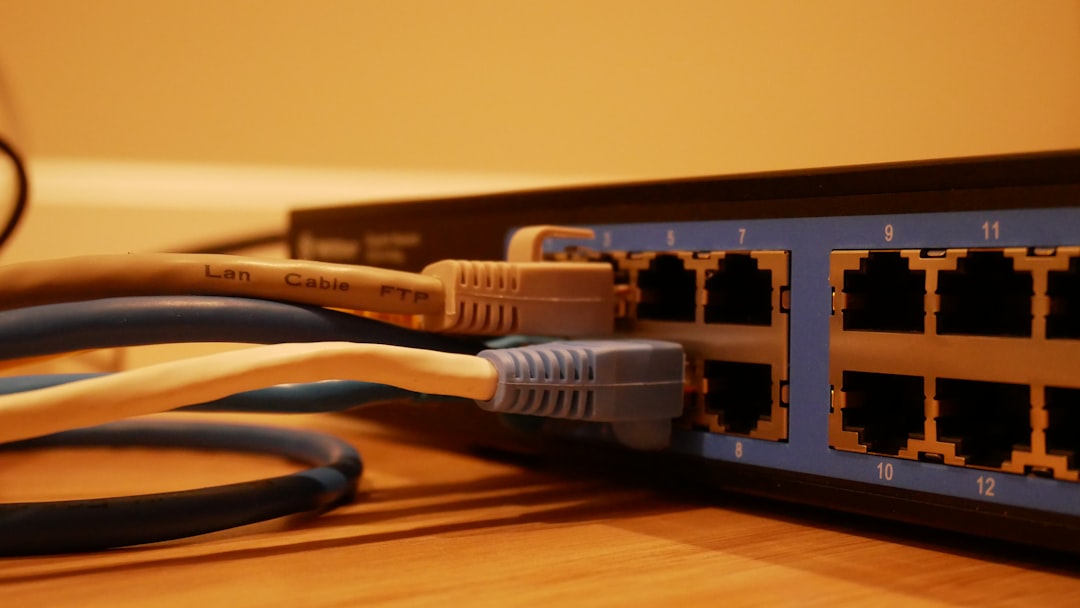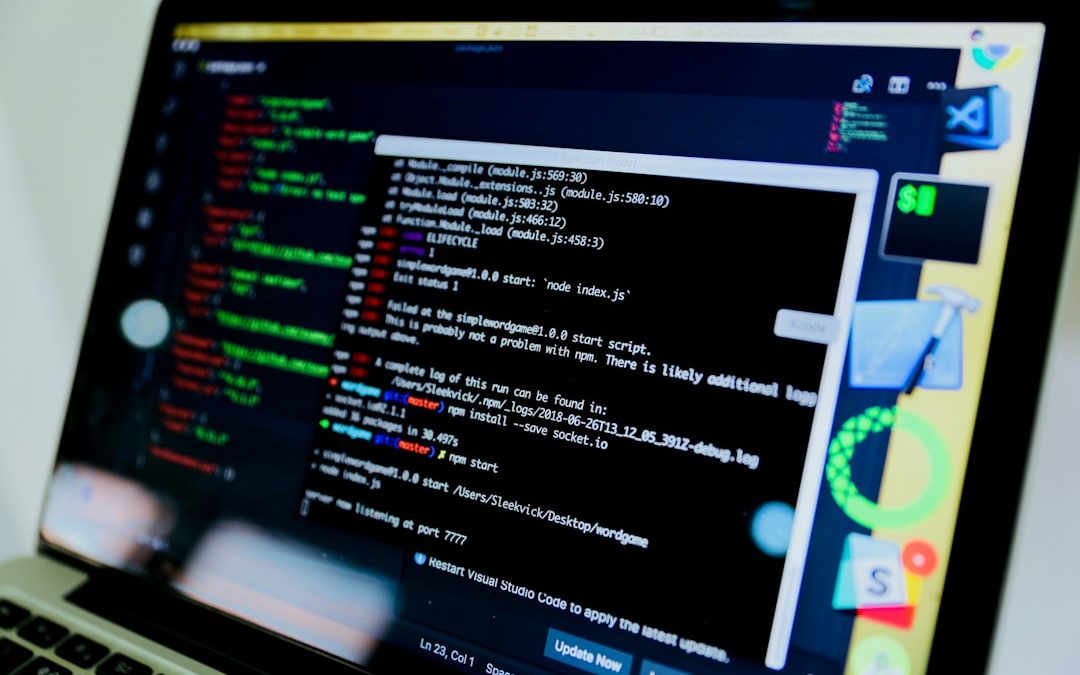In early 2025, a critical security vulnerability titled CVE-2025-29803 was disclosed, making headlines in cybersecurity communities worldwide. This vulnerability, categorized as a remote code execution (RCE) bug, affects a wide range of Linux-based systems, particularly those using vulnerable versions of the XYZ Daemon. If left unpatched, it allows an attacker to execute arbitrary commands on the system with root-level privileges—potentially compromising entire infrastructures.

Understanding CVE-2025-29803
CVE-2025-29803 is a flaw caused by improper bounds checking in the input validation function of the XYZ Daemon’s network interface handler. It occurs when the daemon receives specially-crafted packets via a specific TCP port. By exploiting this, an unauthenticated attacker can gain illicit access to system resources, elevate privileges, and execute malicious scripts.
This vulnerability carries a CVSS (Common Vulnerability Scoring System) base score of 9.8, making it a critical severity threat. The flaw affects versions 4.6 to 5.2 of the XYZ Daemon, deployed in various enterprise-grade Linux distributions including Ubuntu, CentOS, and Debian variants.
How Does CVE-2025-29803 Work?
At its core, CVE-2025-29803 exploits the interaction between improperly sanitized incoming network data and the memory buffer allocation process. Because the buffer fails to enforce strict boundaries, the system allows buffer overflow, enabling a carefully crafted payload to be injected and executed. This vulnerability can be triggered remotely, without any user authentication or local network access, which increases its risk factor exponentially.

Systems and Applications Affected
- Linux distributions using XYZ Daemon v4.6 – v5.2
- Enterprise servers running outdated versions of the daemon
- Embedded systems using custom Linux environments
It’s important to perform an inventory check using vulnerability scanners or manual verification tools to assess if your systems are currently using these affected versions.
How to Patch CVE-2025-29803 Properly
Patching CVE-2025-29803 is straightforward but must be carried out meticulously. Here are the recommended steps:
- Identify Affected Systems: Use tools such as Nessus or OpenVAS to scan your infrastructure and generate a list of susceptible systems.
- Upgrade XYZ Daemon: Download and install the patched version v5.3 or later of the XYZ Daemon from the official repository. Avoid unofficial or community versions unless absolutely trusted.
- Reboot after Patch: For the patch to take full effect, a system reboot is recommended as the daemon may be deeply integrated with core processes.
- Harden Network Access: Even post-patch, ensure only necessary IP addresses can access the necessary ports. Implement firewalls and use VPNs for administrative tasks.
- Regular Monitoring: Enable logging and set alerts for unusual network traffic related to the affected port. Use tools like Fail2Ban and Snort.
If for any reason, updating is not immediately possible, you can temporarily mitigate the risk by disabling the XYZ Daemon service and blocking the specific TCP port used for exploitation. However, this should only be used as a stopgap until full patching is possible.
The Importance of Staying Updated
Security vulnerabilities like CVE-2025-29803 underscore the critical need for rigorous patch management strategies. Regularly updating your infrastructure, closely monitoring publicly disclosed vulnerabilities, and applying vendor-recommended patches as early as possible can reduce both downtime and risk exposure.
FAQs
- Q: Is CVE-2025-29803 being actively exploited?
A: As of its announcement, there have been a few reports of active exploitation in the wild, particularly targeting cloud-based Linux servers. - Q: Can antivirus software prevent CVE-2025-29803 exploits?
A: Traditional antivirus software may not detect sophisticated buffer overflow attempts. Patching and proper configuration are the most effective defenses. - Q: What logging features should be enabled after patching?
A: Enable both system and network logging. Tools like Syslog-ng and behavior-based intrusion detection systems are recommended. - Q: How long will it take to perform the patch?
A: For most systems, the patch process can be completed in under 30 minutes, assuming standard configurations and minimal dependencies. - Q: Where can I find support for patching XYZ Daemon?
A: Support is available through the vendor’s official documentation channels, as well as community forums and cybersecurity operation centers (SOCs).
Remember: patching your systems on time protects not just data, but the reputation and continuity of your business operations.
yehiweb
Related posts
New Articles
Jobs That Hire at 15: Companies Hiring Teens Right Now
For many teenagers, getting a job at 15 is more than just a way to earn money—it’s a valuable opportunity…


